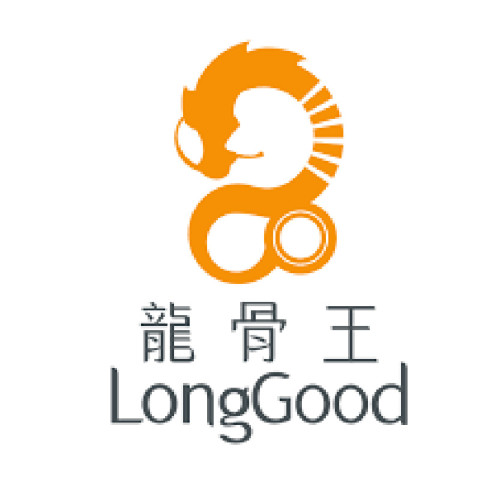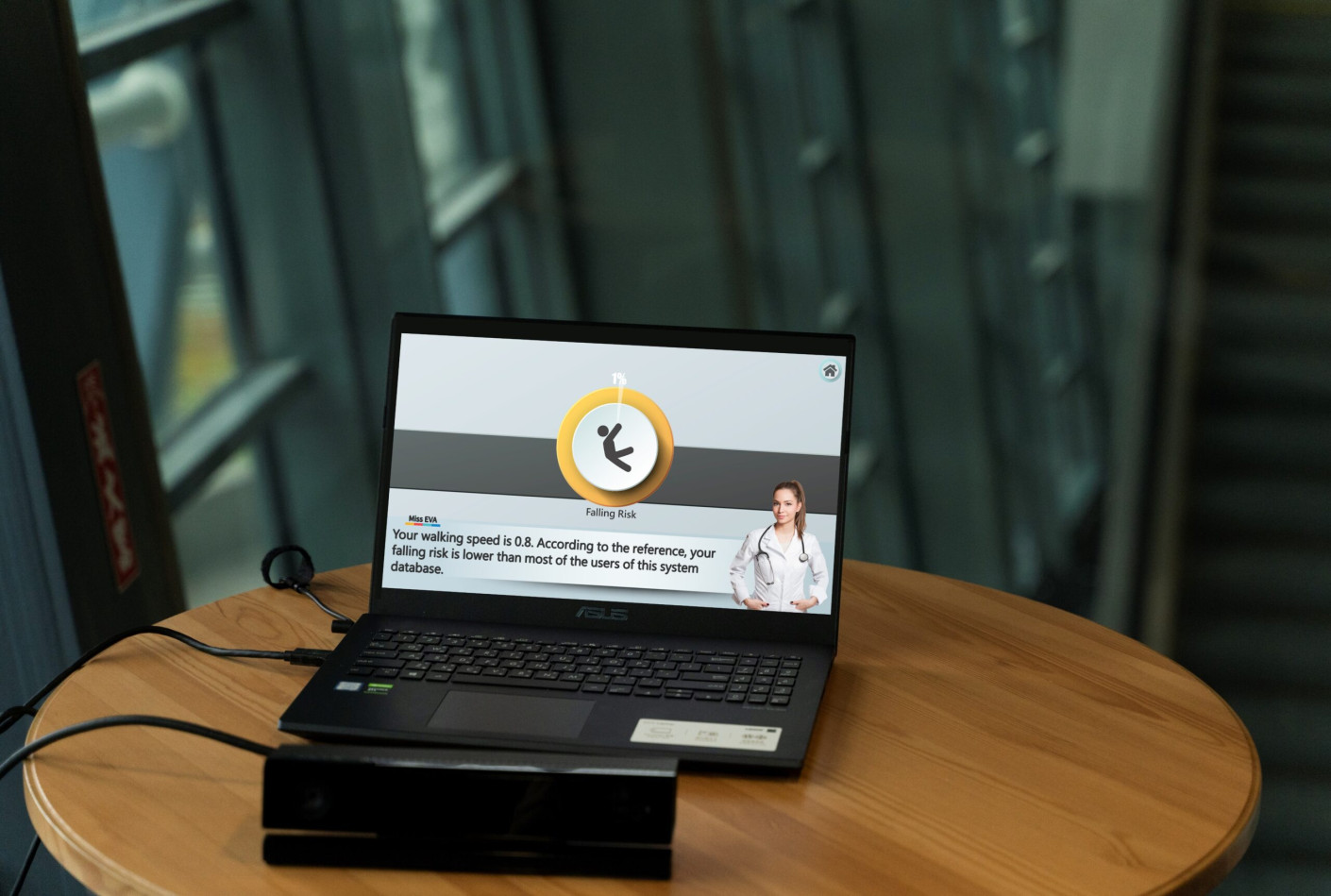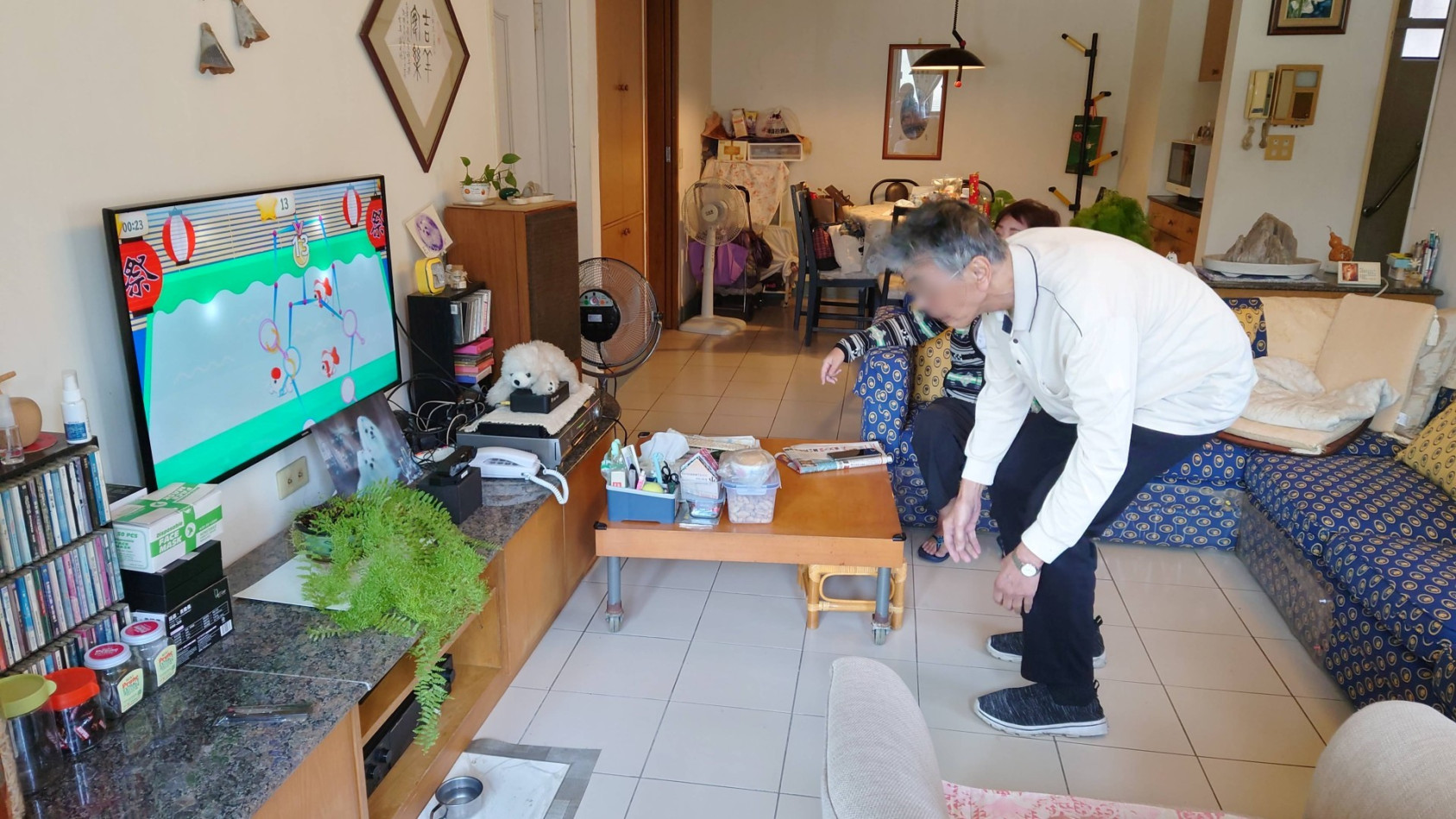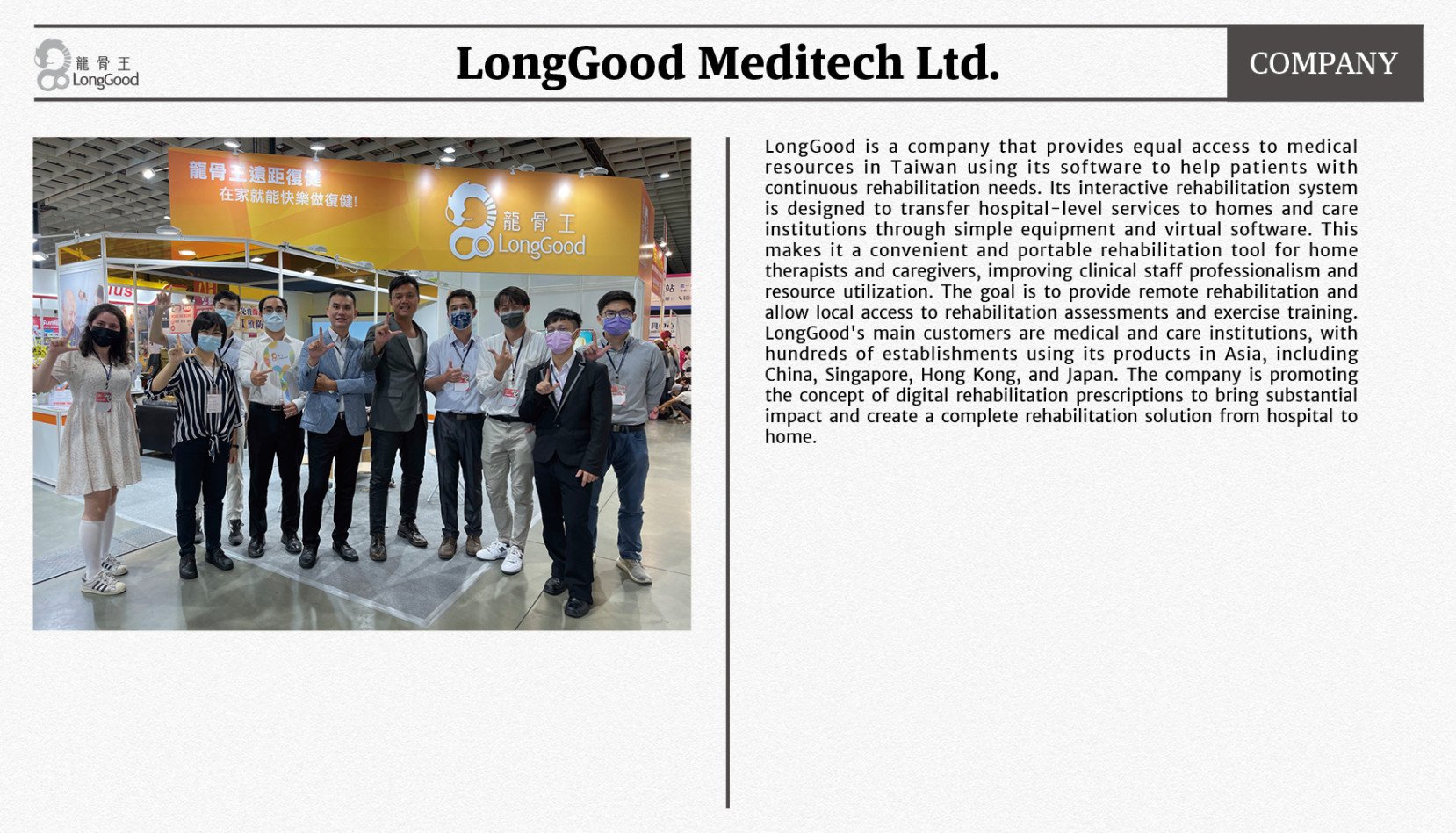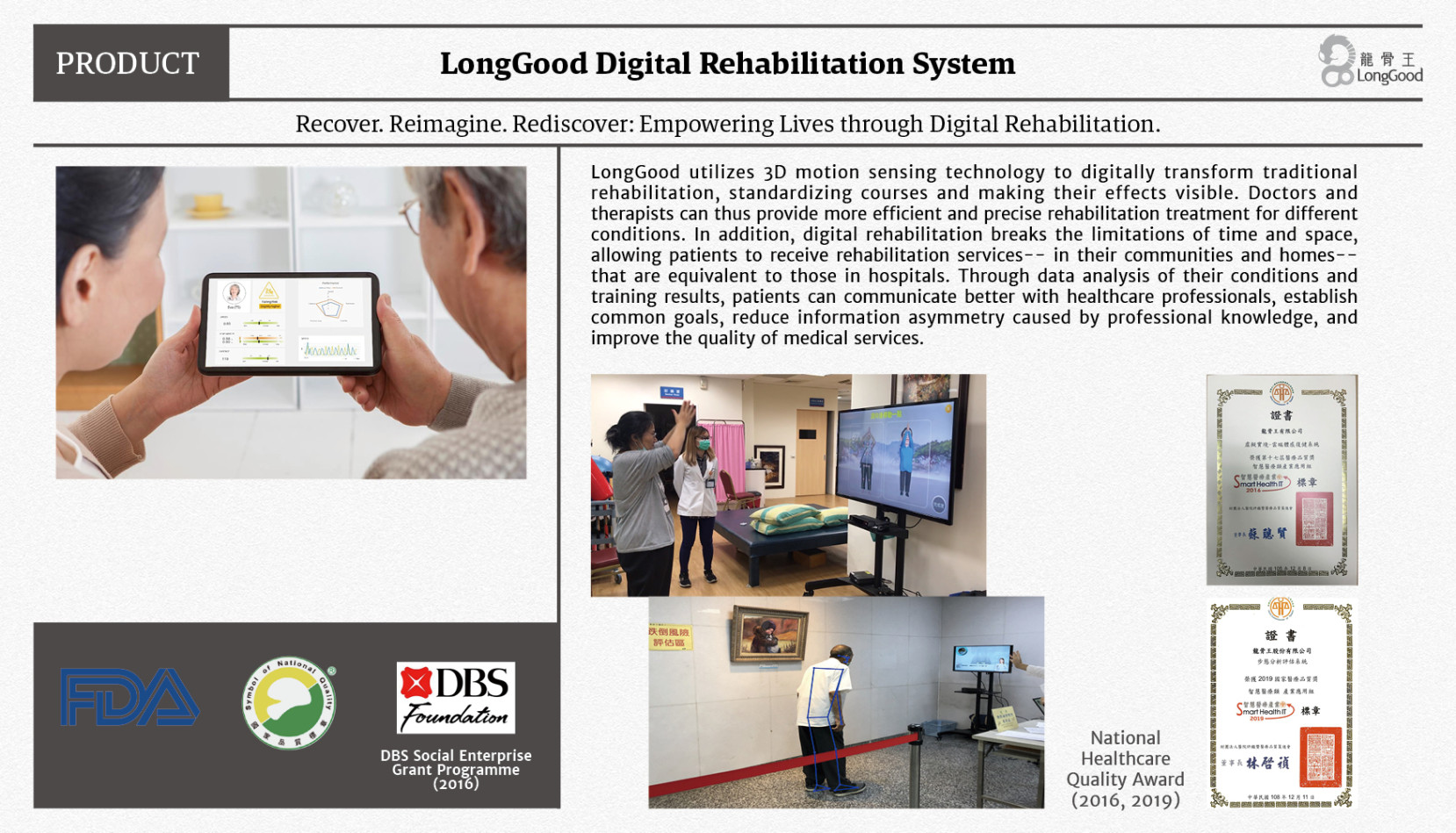About Company
LongGood is a company that provides equal access to medical resources in Taiwan using its software to help patients with continuous rehabilitation needs. Its interactive rehabilitation system is designed to transfer hospital-level services to homes and care institutions through simple equipment and virtual software. This makes it a convenient and portable rehabilitation tool for home therapists and caregivers, improving clinical staff professionalism and resource utilization. The goal is to provide remote rehabilitation and allow local access to rehabilitation assessments and exercise training. LongGood's main customers are medical and care institutions, with hundreds of establishments using its products in Asia, including China, Singapore, Hong Kong, and Japan. The company is promoting the concept of digital rehabilitation prescriptions to bring substantial impact and create a complete rehabilitation solution from hospital to home.
Product Name
LongGood Digital Rehabilitation System
Product Info
1.Product Slogan:
Recover. Reimagine. Rediscover: Empowering Lives through Digital Rehabilitation.
2.Product Concept:
LongGood utilizes 3D motion sensing technology to digitally transform traditional rehabilitation, standardizing courses and making their effects visible. Doctors and therapists can thus provide more efficient and precise rehabilitation treatment for different conditions. In addition, digital rehabilitation breaks the limitations of time and space, allowing patients to receive rehabilitation services-- in their communities and homes-- that are equivalent to those in hospitals. Through data analysis of their conditions and training results, patients can communicate better with healthcare professionals, establish common goals, reduce information asymmetry caused by professional knowledge, and improve the quality of medical services.
3.Product Technical:
LongGood uses a single camera with 3D motion-sensing technology to record and analyze the movements of 25 joints in the human body. The advantage of this technology is that it can obtain full-body motion without wearing any devices, which is quite time-saving and effortless. Moreover, the operation is intuitive and simple. Especially for patients undergoing home rehabilitation, such a simple device can reduce their fear and learning costs of technology tools, and improve acceptance.
The recorded data can be compared with the correctness of the movement in real-time on the patient's end through proprietary algorithms, which can provide feedback to the patient and guide them to adjust their movements and perform correct rehabilitation exercises. On the physician and therapist's end, the data can be converted into standard assessment parameters of rehabilitation medicine, such as joint range of motion, muscle endurance, stability, and long-term analysis of changes, and presented in a way that is familiar to clinical staff and easy for patients to understand, facilitating communication between doctors and patients.
4.Product Solution:
The number of patients with rehabilitation needs far exceeds the number of rehabilitation therapists available, resulting in long backlog and lower service frequency for each patient, particularly for patients with severe diseases who cannot receive adequate rehabilitation treatment during the golden treatment period, which affects their recovery. In addition, after the onset of diseases, patients may experience difficulty seeking rehabilitation due to limited mobility and reduced independence, leading to a decrease in willingness to seek medical treatment and rehabilitation, especially for patients living in suburban or rural areas with limited medical resources, where long-distance travel and transportation costs are difficult to bear. According to statistics in Taiwan, which has relatively abundant medical resources, there are about 30,000 new stroke patients every year, but less than 60% of them continue to receive rehabilitation treatment after discharge from hosptials, not to mention other countries with uneven distribution of medical resources.
Improving medical accessibility and making it easier for patients to access rehabilitation programs while increasing the utilization of medical resources and avoiding being occupied by patients with mild conditions is an urgent pain point in hospital management that needs to be addressed.
Product Solutions
Get in touch directly with us.
+886-2-7756-1768
6F., No. 26, Sec. 3, Nanjing E. Rd., Zhongshan Dist., Taipei City 104103 , Taiwan
